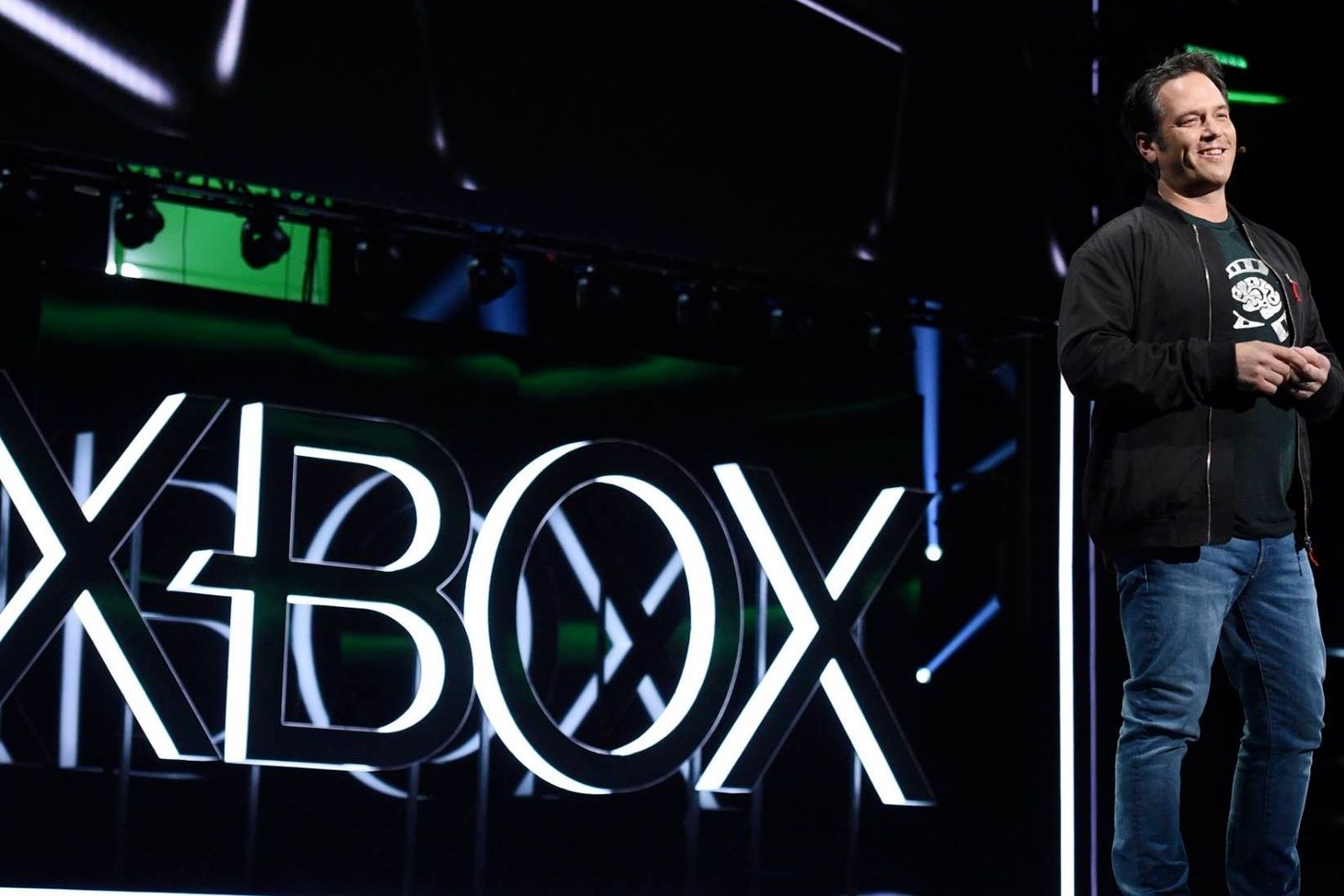The announcement of Xbox Project Scarlett from E3 2019 was a big moment – because it means that next year we’ll have two massively powerful consoles competing for our attention – although don’t expect either console until the pre-Christmas or holiday sales period in 2020.
Despite rumours to the contrary over the last couple of years and Sony’s non-appearance at E3 this week, we will once again have two blockbuster pieces of hardware that will truly push consoles into the next era.
We had long-known that Project Scarlett was coming, of course – Xbox’s Phil Spencer said that a next-gen console was in development a year ago. And we still think it’ll probably just be called Xbox Two when it launches. But while we’d long suspected that it would be a high-end console to go tete-a-tete with Sony’s PlayStation 5, it was a relief when the specs revealed by Spencer on stage at E3 2019 didn’t disappoint – indeed Microsoft is talking about headline figures of around a 4x uplift in performance.
It also revealed that under-the-hood the PS5 and Xbox Two won’t be spectacularly different. We got a slightly earlier taste of PlayStation 5 in a carefully-placed and curated April article on Wired which detailed just enough of the console’s specs to whet the appetite.
AMD is a big winner here – it has long powered consoles, of course, but both next-gen consoles will have custom processors based on the latest Zen 2 microarchitecture using the 7nm production process. Sony went as far to say that it’ll be an eight core chip inside the PS5 and we’d be surprised if the Xbox hardware is drastically different.
Both consoles will also have custom Navi-based AMD graphics – the RX 5700 series PC cards were announced by the company recently. Interestingly, the Navi graphics in the next-gen consoles will support ray-tracing while AMD’s currently-announced PC cards don’t, although future cards will.
We’ve already seen ray tracing emerge on the PC with Nvidia’s RTX graphics and games like Battlefield V.
Both console makers have mentioned frame rates of up-to 120hz, but as display expert John Archer points out in an article on Forbes, this needs the latest HDMI 2.1 standard, which few TVs have currently.
There has also been some talk of resolutions on the new consoles reaching 8K in the future, but while 8K TVs are available in small numbers at present mass adoption of 8K is several years off, partly because of the bandwidth required to shuffle the footage around. We’re not even at a stage where 4K is widespread for many consumers, after all.
We also know that the next-gen will include backwards compatibility with accessories - that’s not unexpected, of course, and many will be glad to have it confirmed that devices like PSVR will work with PS5 and current Xbox controllers will work with Project Scarlett.
Both new consoles will have SSD drives as you’d expect from modern hardware, although how big the drive is will probably depend on how expensive drives are at the time of manufacturing. While 2TB is desirable, it might be that some versions of the consoles remain at 1TB at launch even though it’s not uncommon for games to take up somewhere in the region of 80-100GB of space a pop. The capacity chosen could be a decision that’s taken well into next year depending on cost - and the state of play with game streaming services like xCloud.
One reason for this is that both consoles will have a disc drive, although we’re not sure if Sony will join Xbox in offering Ultra HD Blu-ray support.
After all, UHDBD is not exactly proving a stellar format as most of us would prefer to subscribe to Netflix for two or three months over buying a single disc. previously thought that the Xbox One S All-Digital Edition would be a forerunner to the next-gen, but it appears not. Although, of course, that’s not to say there won’t be an All-Digital Edition of Scarlett at some point, too.
And we’re also led to believe that there will be two Xbox replacements - Lockheart for the Xbox One S and Anaconda to succeed the Xbox One X. While both consoles are unlikely to debut at the same time (with Anaconda probably later), it’s possible that they will have quite different levels of equipment, potentially in terms of storage and graphics capability.
But whatever ends up emerging from Sony and Microsoft at the tail end of next year, we know for sure that it’ll be exciting times.

